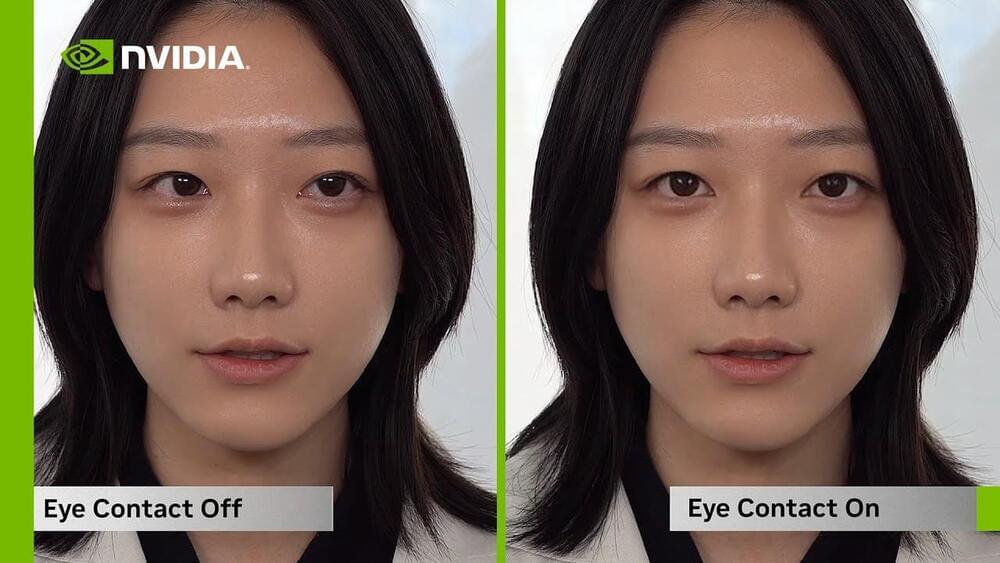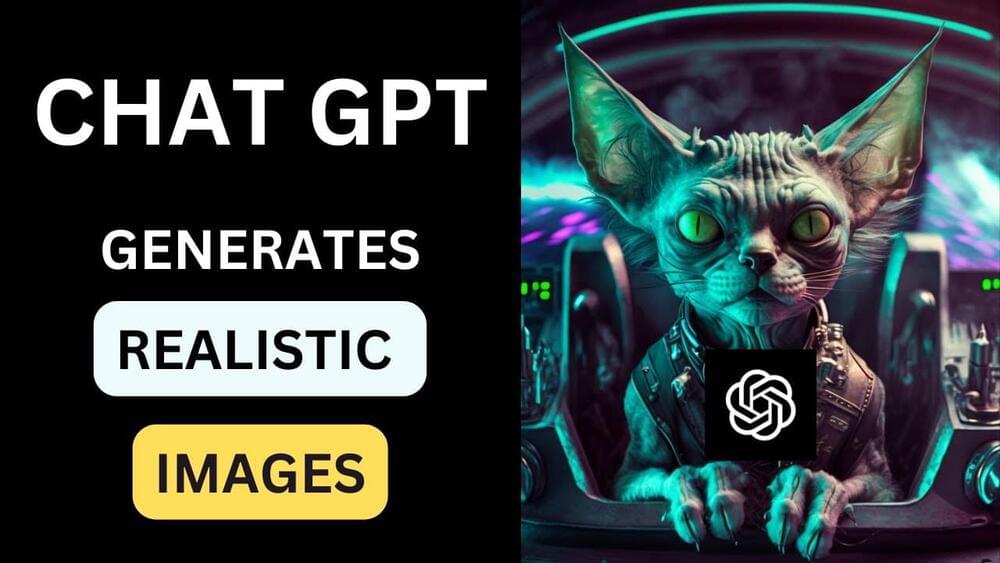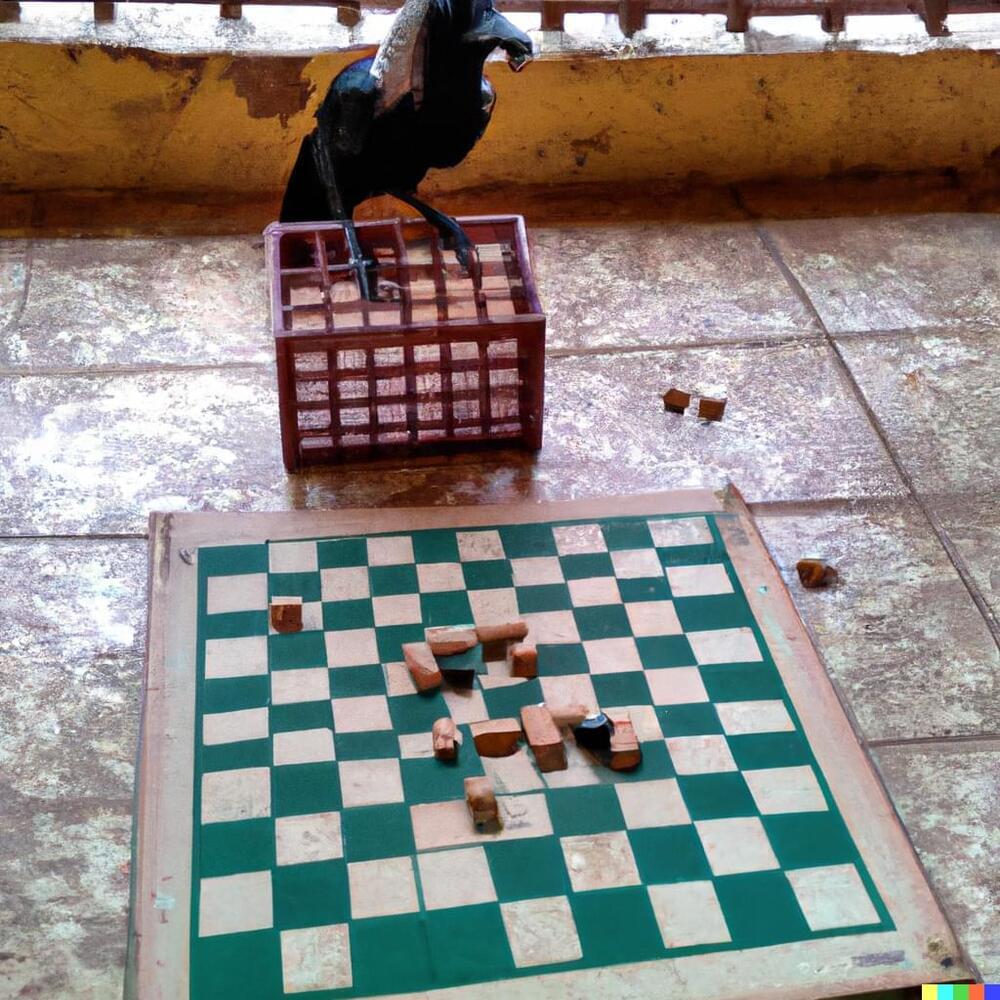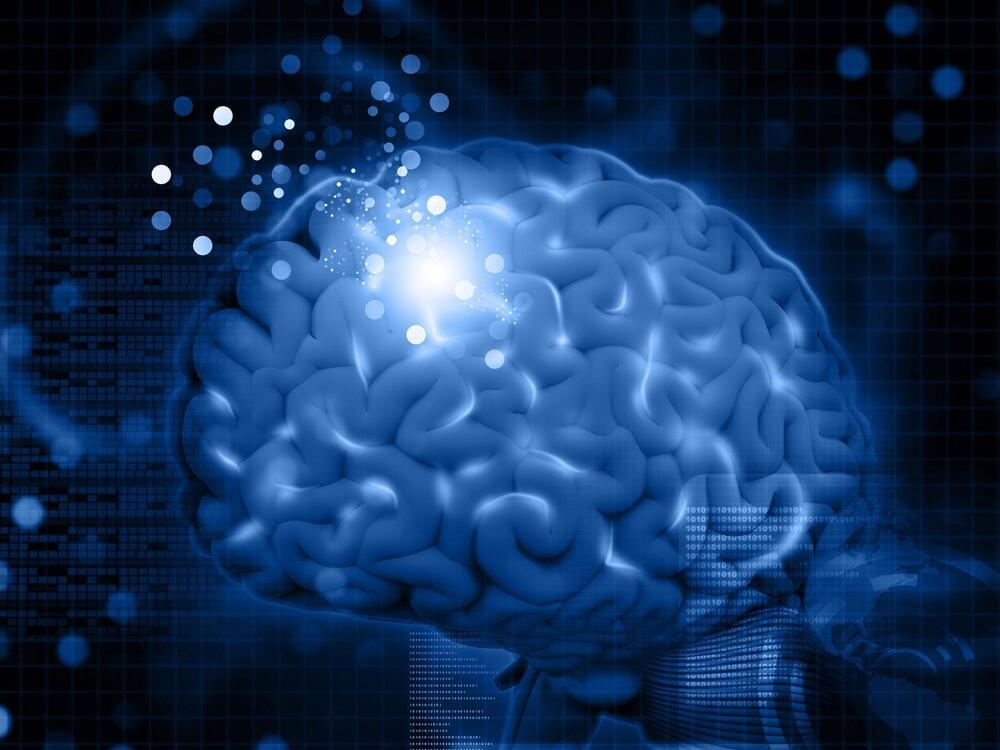Jan 23, 2023
Maintaining Eye Contact in a Video Conference with NVIDIA Maxine
Posted by Kelvin Dafiaghor in categories: augmented reality, robotics/AI
Maintaining eye contact is crucial to establishing engagement and trust in a conversation. This can be challenging in a video conference because it requires participants to look at the camera instead of the screen. The NVIDIA Maxine Eye Contact feature creates an in-person experience for virtual meetings. Powered by AI, Maxine Eye Contact directs your eyes to a centered position to maintain eye contact with your audience. Eye Contact is available to developers through the Maxine Augmented Reality SDK at https://developer.nvidia.com/maxine#ar-sdk.
Learn more about Maxine at https://developer.nvidia.com/maxine and all of NVIDIA’s AI solutions at https://www.nvidia.com/en-us/deep-learning-ai/products/solutions/
#AI #NVIDIA #Maxine


















